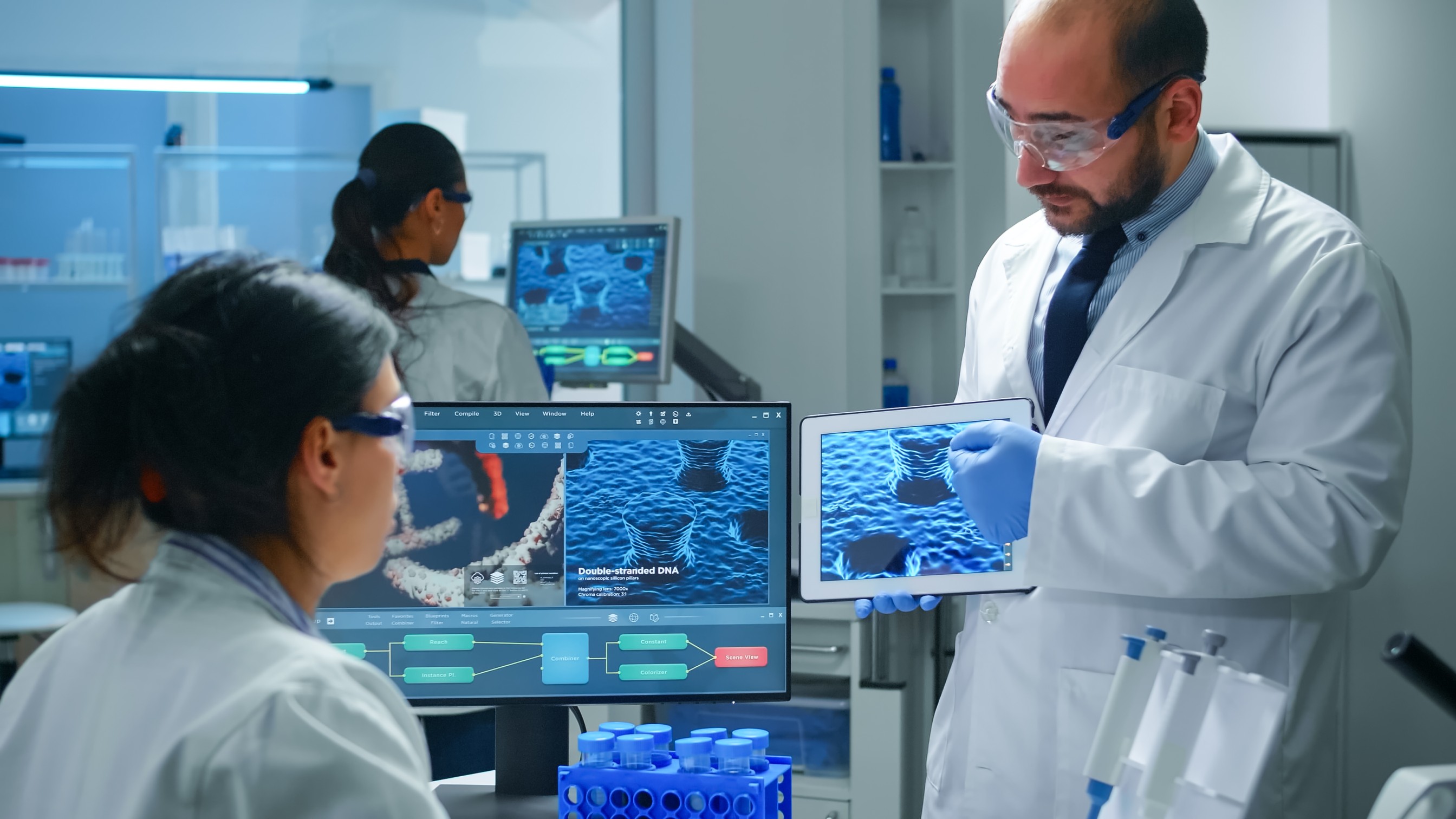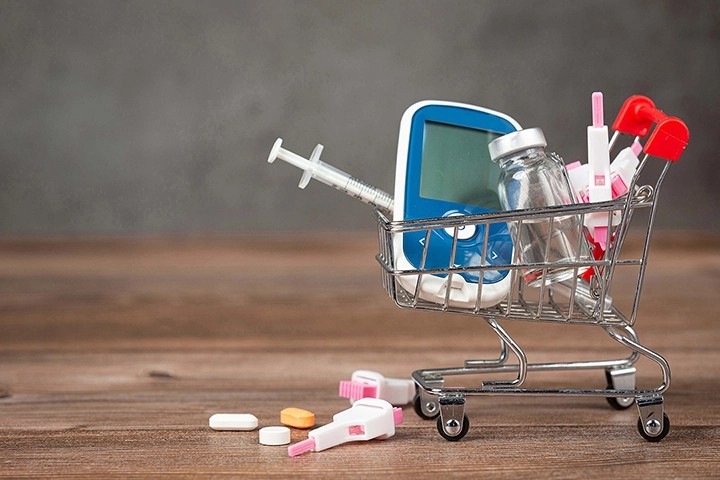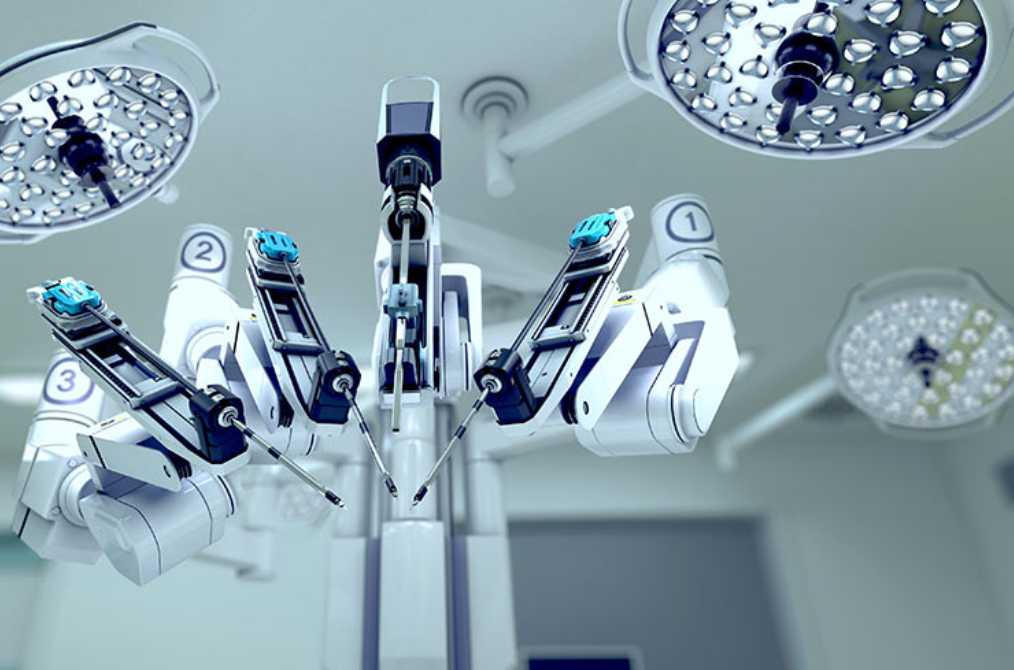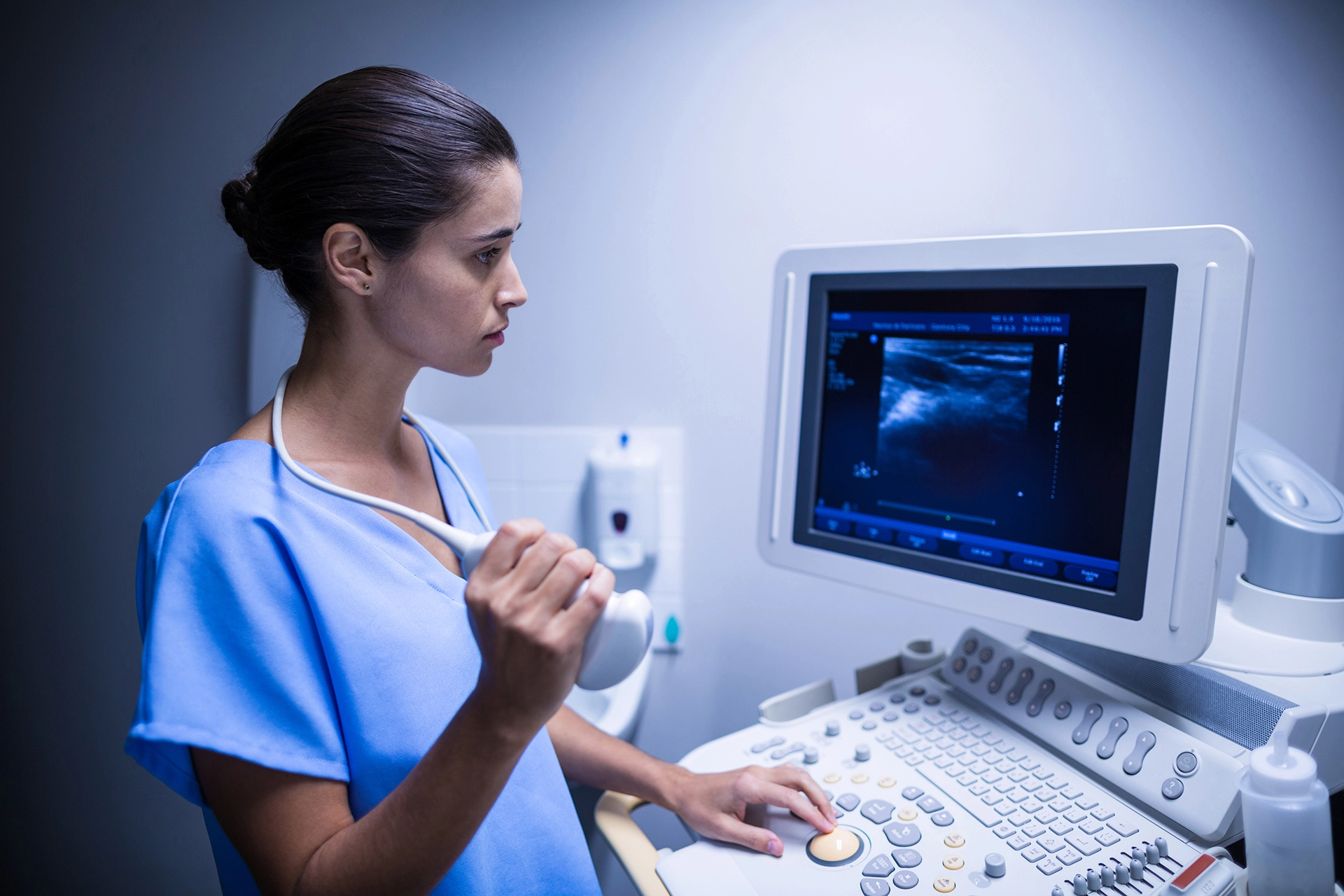The Performance Evaluation Report (PER) Per (EU) 2017/746
- Posted On- 28 Dec 2020
Purpose of Performance Evaluation Report (PER)
The Performance Evaluation Report (PER) stands as a key aspect of the overall IVDR technical documentation. The purpose of the performance evaluation is to produce the clinical evidence that supports the manufacturer’s intended use. Performance evaluation of a device is a continuous process by which data are assessed and analyzed to demonstrate the scientific validity, analytical performance, and clinical performance of that device for its intended purpose as stated by the manufacturer following a performance evaluation plan.
The performance evaluation shall be thorough and objective, considering both favorable and unfavorable data. Its depth and extent shall be proportionate and appropriate to the characteristics of the device including the risks, risk class, performance, and its intended purpose.
Introduction to In-Vitro Diagnostic Regulation (IVDR) Regulation (EU) 2017/746
The IVDR is the new regulatory basis for placing on the market, making available and putting into service in-vitro diagnostic medical devices on the European market. By repealing Directive 98/79/EC and Commission Decision 2010/227/EU, the updated Regulation (EU) 2017/746 dictates new requirements for generating Performance Evaluation Reports (PER). Performance evaluation is a must for any In Vitro Diagnostic Device (IVD) entering the European market. In the context of the EU, a regulation (IVDR) is similar to national law, and it will be effective in all (Europe Union) EU member states immediately without the need to be transferred into the law of respective states.
Some Important Updates
The IVDR promotes a shift from pre-approval to a life-cycle approach. In comparison to the list-based system under the IVDD, the IVDR provides for a risk-based classification system with classes from A to D.
- A - Low personal risk, low public health risk
- B - Moderate to low personal risk, low public health risk
- C - High personal risk, moderate to low public health risk
- D - High public health risk, high personal risk
The New General Safety and Performance Requirements:
The new General Safety and Performance Requirements (GSPR) replaced the Essential Requirements (ER). The GSPR is much more comprehensive than the former the Essential Requirements (ER) includes the following chapters:
- General requirements
- Requirements regarding performance, design, and manufacture
- Requirements regarding the information supplied with the device
IVDR Transition
During the transitional period, devices can continue to be certified and placed on the market according to the current Directives. This means that the Regulations will not be fully legally binding until 2021 and 2022, respectively. From 26 May 2022, all new certificates will have to be delivered according to the IVDR. Until May 2025, certain devices placed on the market under the Directives and certain devices placed on the market under the new Regulations will coexist on the market.
Here We Have Listed Some Key Elements / Steps to Create Exhaustive Performance Evaluation Report (PER)
Performance Evaluation Plan:
- A specification of the intended purpose of the device
- A specification of the analyte or marker to be determined by the device
- A specification of the intended use of the device
- Identification of certified reference materials or reference measurement procedures to allow for metrological traceability
- Clear identification of specified target patient groups with clear indications, limitations, and contraindications
- A description of the state of the art, including identification of existing relevant standards, CS, guidance, or best practices documents
- An identification of the general safety and performance requirements that are required to support the relevant scientific validity, analytical and clinical performance data
- For software qualified as a device, identification, and specification of reference databases and other sources of data used as the basis for its decision making
Clinical Evidence
Analytical Performance:
- For novel markers or other markers without available certified reference materials or reference measurement procedures, it may not be possible to demonstrate trueness.
- If there are no comparative methods, different approaches may be used if demonstrated to be appropriate, such as comparison to some other well-documented methods or the composite reference standard.
- In the absence of such approaches, a clinical performance study comparing the performance of the novel device to the current clinical standard practice is required.
Clinical Performance:
- Identify through a systematic scientific literature review the available data relevant to the device and its intended purpose and identify any remaining unaddressed issues or gaps in the data.
- Appraise all relevant data by evaluating their suitability for establishing the safety and performance of the device.
- Generate any new or additional data necessary to address outstanding issues.
Scientific Validity:
- Relevant information on the scientific validity of devices measuring the same analyte or marker.
- Scientific (peer-reviewed) literature.
- Consensus expert opinions/positions from relevant professional associations.
- Results from proof of concept studies.
- Results from clinical performance studies.
Performance Evaluation Report:
- The justification for the approach taken to gather the clinical evidence
- The literature search methodology and the literature search protocol and literature search report of a literature review
- The technology on which the device is based, the intended purpose of the device, and any claims made about the device's performance or safety
- The nature and extent of the scientific validity and the analytical and clinical performance data that has been evaluated
- The clinical evidence as to the acceptable performances against the state of the art in medicine
Clinical Performance Study Report
A clinical performance study report, signed by a medical practitioner or any other authorized person responsible, shall contain documented information on the clinical performance study protocol plan, results, and conclusions of the clinical performance study, including negative findings. The results and conclusions shall be transparent, free of bias, and clinically relevant. The report shall contain sufficient information to enable it to be understood by an independent party without reference to other documents. The report shall also include as appropriate any protocol amendments or deviations, and data exclusions with the appropriate rationale.
Conclusion
IVDR technical requirements are significantly shifting the IVD industry, and these changes require a more thorough approach to IVD development that ensures that claims are accurate, and devices are safe. Demonstrating device performance through Technical Documentation must be satisfied, with Clinical Performance, Scientific Validity, and Analytical performance playing key roles. It should also be noted that Technical Documentation does not end with a Sponsor’s submission but should constantly be updated as it evolves throughout the device lifecycle.
Learn more visit our white paper <https://www.saracasolutions.com/whitepaper/building-a-quality-performance-evaluation-report-per-as-per-regulation-eu-ivdr-2017746>




















Comments